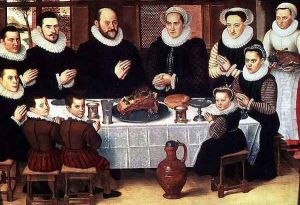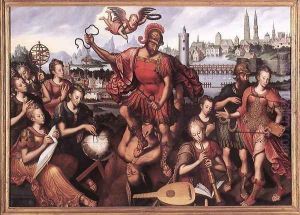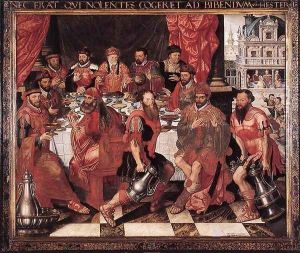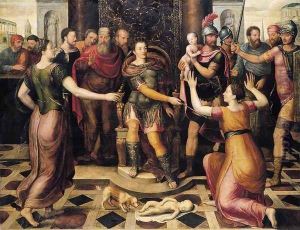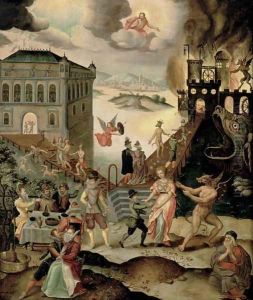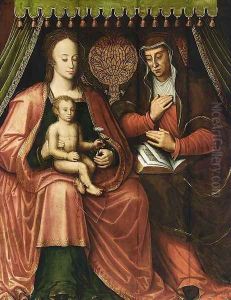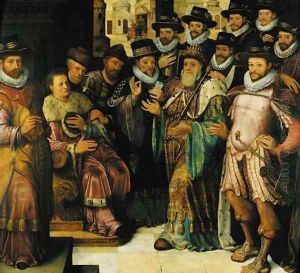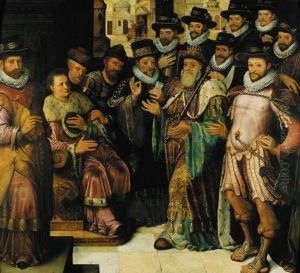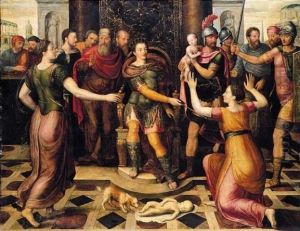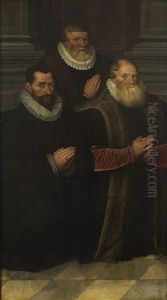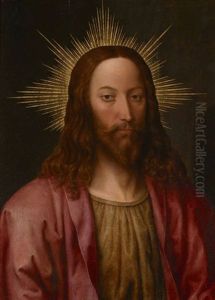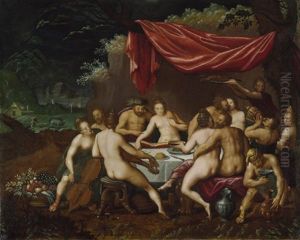Antoon Claeissens Paintings
Antoon Claeissens, also known as Anthonie Claeissins or Anthonis Claeissens was a Flemish painter born in the city of Bruges in 1536. His father, Pieter Claissens the Elder, was also a painter, which suggests that Antoon likely received his initial training and artistic influence within the family. Antoon's work is characteristic of the Northern Renaissance, a period marked by a great interest in detail, vibrant colors, and complex iconography.
During his career, Claeissens became known for his historical and allegorical paintings, as well as for his ability to capture the intricate details of costumes and interior decorations of his time. He was particularly adept at integrating these elements with religious and mythological subjects, which were popular themes in the art of the period.
In 1570, Antoon Claeissens was appointed as the official city painter of Bruges, a prestigious position that affirmed his status as an important artist in the city. This role involved creating paintings for the city's guilds and public buildings, as well as participating in the decoration of the city for important events and festivals.
Claeissens' work reflects the transition from the late Gothic style to the more classical and humanist influences that were spreading through Europe during the Renaissance. Although not as widely known as some of his contemporaries, such as Pieter Bruegel the Elder, Claeissens was a significant figure within the artistic community of Bruges and contributed to the cultural and artistic legacy of the Flemish region.
Antoon Claeissens died in Bruges in 1613, leaving behind a body of work that provides a vivid depiction of the visual culture and aesthetic values of his time. His paintings are held in various museums and collections, offering insights into the rich artistic heritage of the Northern Renaissance.
